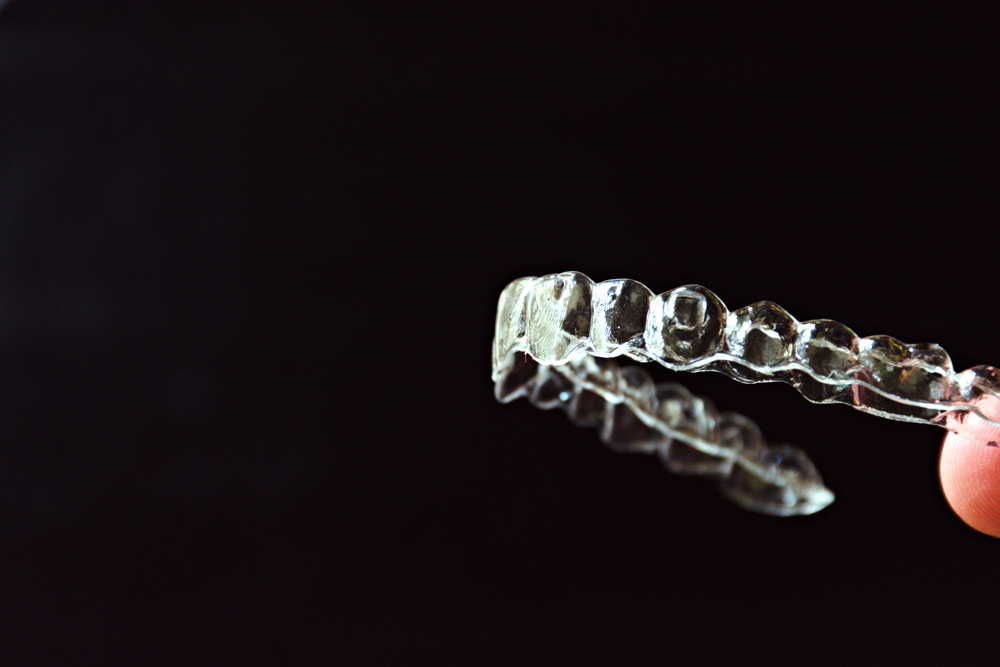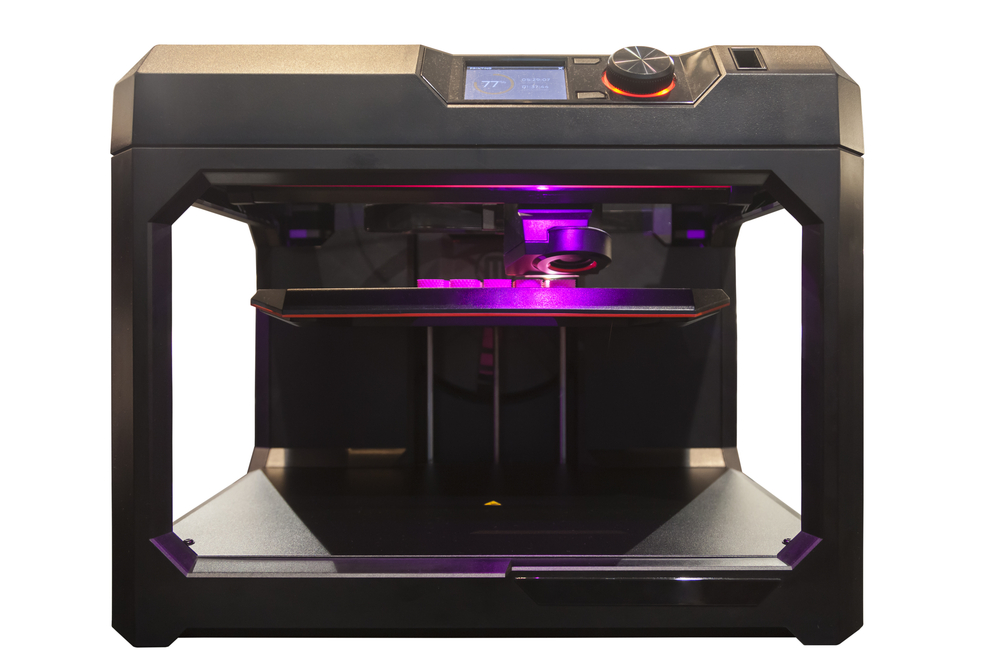Streamlining digital dentistry is a faster and more cost-effective way to produce dental retainers. Traditional processes require potentially multiple visits to the dentist or orthodontist’s office for impressions and molding, along with several weeks of waiting for a dental lab to produce and ship the appliance. Advancements in 3D printing are significantly reducing dental retainer production time and costs and improving quality and accuracy.

Creating Dental Retainers Using 3D Printers
There are two main methods for producing dental retainers:
- Thermoforming: Most common method at dental labs or in-house. This process begins with an intraoral scan of the patient’s mouth. Next, a technician prints a dental model from the scan and places a thermoform sheet over the model to cool and replicate the shape of the dental mold to create the retainer. A user then cuts the retainer out of the mold, buffs it, polishes it, and (if done at a dental lab) ships it back to the orthodontist or dentist.
This method has several drawbacks. The thermoform material stretches over the dental model, causing thinning and disrupting the uniformity of the retainer material, and reducing its strength. There is a limit to how far the thermoforming material can go between the teeth when stretched over the model, leading to a less secure fit and gaps in the retainer that requires filling in. It also involves a lengthier post-processing phase of cutting and buffing the material, increasing the likelihood of human error.
- Direct Printing: Converts an intraoral scan into a 3D computer-aided design (CAD) model that is electronically sent to a 3D printer for printing. Without the need for thermoform sheets and dental molds, gaps are eliminated in printed retainers, providing uniform thickness or thickness as defined by the CAD model for better fit and strength. Direct printing creates more accurate retainers that practitioners may deliver to the patient on the same day as the intraoral scan. For clear printed retainers, post-processing will only involve removing the support structure and buffing the edges, significantly reducing time and human error.
Material Requirements for Printing High-Quality Dental Retainers
3D printing accelerates the production and customization of retainers without compromising on quality. Three factors that must be considered to ensure retainers meet the standard of most dental patients are:
- Clear Materials
While modern 3D printers easily print colored retainers and supports with the appropriate dental resin, most patients prefer more clear retainers. Most 3D printers require users to perform post-processing, buffing or polishing steps to create clear retainers because they can’t print clear. However, printers utilizing light-enabled additive production (LEAP) technology and advanced digital light processing (DLP) can direct print clear retainers and reduce post-processing time to around fifty seconds or less by eliminating prolonged buffing. Standard 3D printers and thermoforming require up to three rounds of buffing and polishing to produce clear retainers.
- Flexibility
3D-printed retainers require dental resin with higher flexural strength than those for stiff model designs. Flexural modulus and strength are mechanical properties that measure a material’s flexibility and how much stress it can receive before breaking. 3D-printed retainers need moderately flexible material that can withstand high-speed 3D printing and have adequate resistance to fracturing during production and patient use.
- Durability
Retainers need durable material to withstand daily use. New resin-printing techniques in advanced 3D printers can print high-quality materials for clear and accurate retainers.

Must-Have Features for 3D Printers
In-house direct printing gives dentists and orthodontists the option of a same-day turnaround for dental retainers. Additionally, it allows them to make any necessary adjustments and re-print the retainers immediately. In-house printing reduces labor costs because 3D printing doesn’t require specialized workers or high material costs from eliminating thermoform sheets and dental models. The list below includes some considerations to make in-house 3D printing more accessible without sacrificing the benefits:
- Easy-to-Use Software. Companies that design software for their 3D printers streamline printing and any learning curves associated with the process. Simplifying the digital workflow helps ensure that staff members can scan and print retainers without being designated solely for working on the 3D printer.
- High-Speed. High-speed printing equals fast production. Faster part production allows for faster overall turnaround time and more opportunity to increase volume production without significantly increasing processing time.
- Various build volumes. A 3D printer capable of producing high or low-volume batches allows dentists or orthodontists to easily scale the production of dental retainers, aiding with cost-effectiveness for practitioners and patients.
The most cost-effective way to manufacture high-quality 3D-printed retainers is to select a company that offers all three components in digital dentistry as a single solution: 3D printers, software, and dental resin materials.
LuxCreo is focused on providing production-first 3D printing solutions. They offer complete software suites that do not have the problems and gaps associated with mixing and matching current dental software across platforms. Their goal is to make 3D printing dental hardware more accessible and efficient. With LuxCreo’s ultra-fast 3D printers, dental appliances can print in one minute or less, and their printer options range from small practice use to large dental lab production level.
LuxCreo’s patented LEAP™ (Light Enabled Additive Production) process makes 3D printing dental retainers more efficient and economical. For more information on how our advanced 3D printing systems and dental resins can streamline your manufacturing process, visit our contact page or call (650) 336-0888
